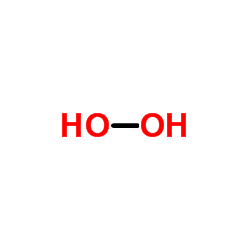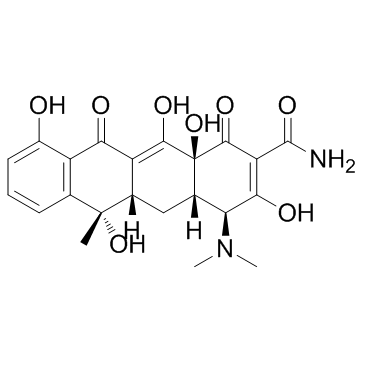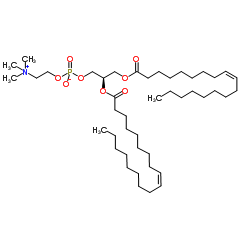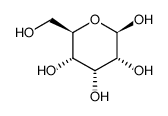| Structure | Name/CAS No. | Articles |
|---|---|---|
 |
Sulfuric acid
CAS:7664-93-9 |
|
 |
Chloroform
CAS:67-66-3 |
|
 |
Hydrogen peroxide
CAS:7722-84-1 |
|
 |
Tetracycline
CAS:60-54-8 |
|
 |
germane
CAS:7782-65-2 |
|
 |
1,2-DIOLEOYL-SN-GLYCERO-3-PHOSPHOCHOLINE
CAS:4235-95-4 |
|
 |
Beta-D-allose
CAS:7283-09-2 |